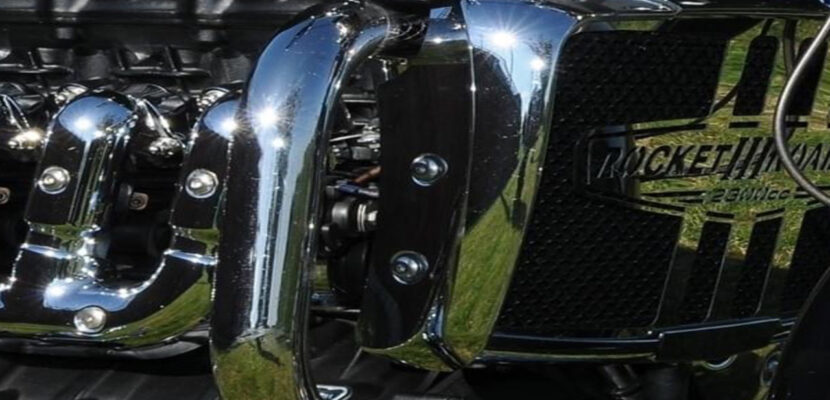In the ever-evolving landscape of the automotive industry, the process of automotive fabrication stands as a testament to innovation, precision, and the seamless integration of artistry
and engineering. From the sleek lines of a custom body to the intricacies of precision components, automotive fabrication plays a pivotal role in shaping the vehicles that move us. In this blog post, we delve into the fascinating world of automotive fabrication, exploring the key processes, trends, and the transformative impact it has on the automotive landscape.
The Craftsmanship of Custom Body Fabrication:
One of the most visible and celebrated aspects of automotive fabrication is the crafting of custom bodies. Skilled fabricators work with various materials, including steel, aluminum, and composites, to transform a vehicle’s exterior into a work of art. From classic restorations to futuristic designs, custom body fabrication allows automotive enthusiasts to express their individuality and push the boundaries of conventional design.
Precision in Component Fabrication:
Beyond the aesthetics, automotive fabrication extends to the creation of precision components that contribute to a vehicle’s performance, safety, and functionality. From suspension systems and exhaust components to intricate engine parts, the fabrication of these components demands a high level of precision. Advanced machining, laser cutting, and CNC processes are employed to ensure that each component meets exact specifications, contributing to the overall efficiency and reliability of the vehicle.
Innovations in Materials and Technology:
The automotive fabrication landscape is constantly evolving, driven by innovations in materials and technology. Lightweight materials such as carbon fiber and advanced alloys are increasingly used to improve fuel efficiency without compromising strength. Additionally, 3D printing technology is making waves in the fabrication process, allowing for the creation of complex and lightweight components with unprecedented precision.
Customization Trends:
In a world where personalization is highly valued, automotive fabrication has become a key enabler of customization trends. From interior modifications to performance enhancements, fabricators collaborate with vehicle owners to bring their unique visions to life. This trend extends beyond individual consumers to include manufacturers offering limited-edition models and bespoke options, further emphasizing the role of automotive fabrication in meeting diverse demands.
Environmental Considerations:
As the automotive industry places a growing emphasis on sustainability, automotive fabrication is adapting to meet environmental considerations. The use of eco-friendly materials, efficient manufacturing processes, and the recycling of automotive components are becoming integral to the fabrication landscape. Fabricators are exploring ways to reduce the environmental impact of their work, contributing to the industry’s commitment to a greener future.
Conclusion:
Automotive fabrication is a dynamic and essential aspect of the automotive industry, blending craftsmanship with cutting-edge technology to create vehicles that captivate, perform, and endure. From the precision of component fabrication to the artistry of custom bodywork, automotive fabrication continues to push the boundaries of what is possible on the road. As technology advances and consumer preferences evolve, the future of automotive fabrication promises to be an exciting journey of innovation and creativity.

